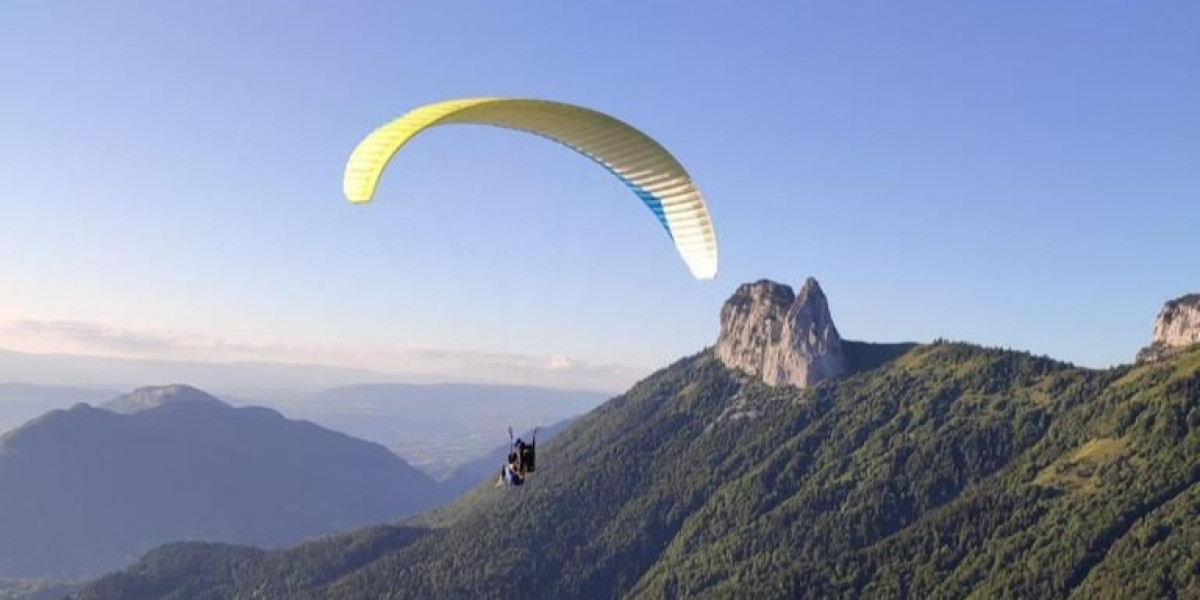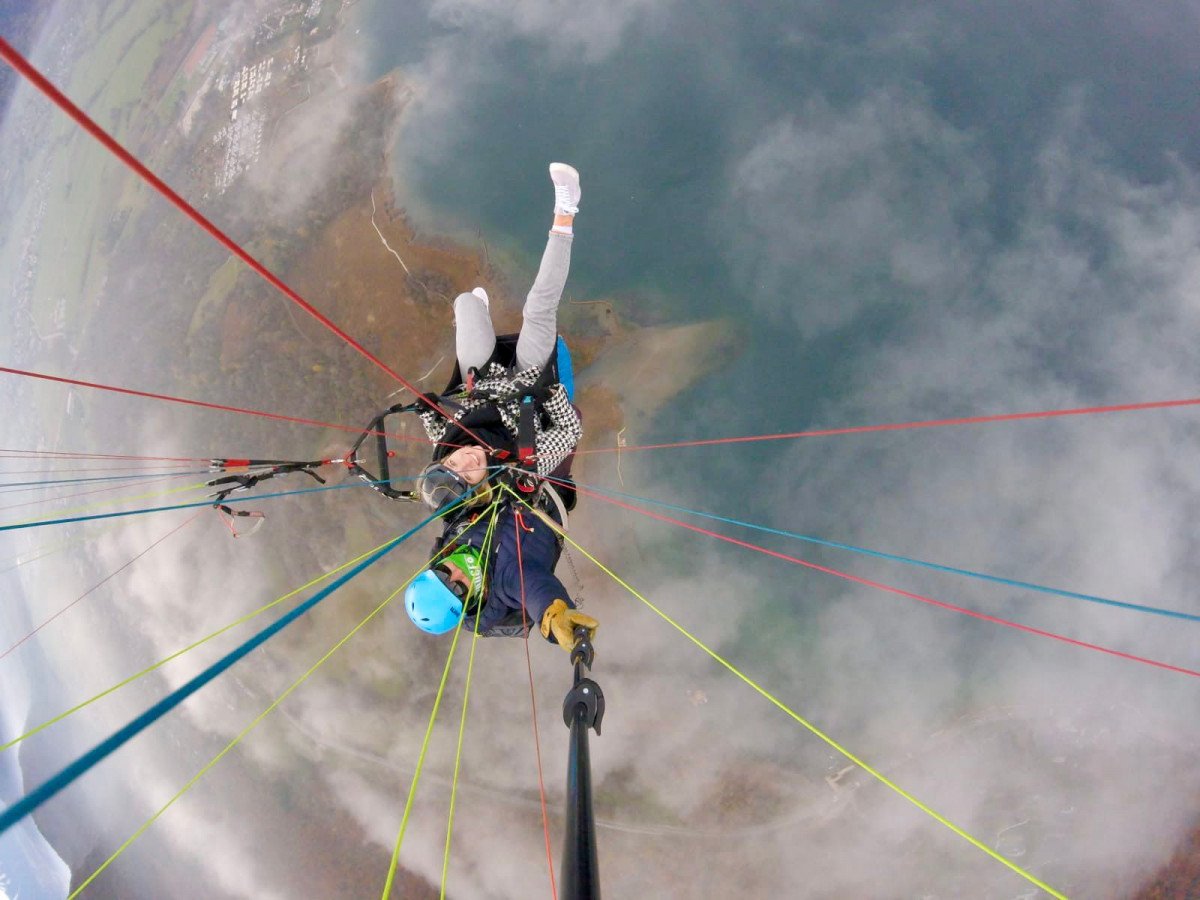Paragliding is a sport that provides strong sensations to paragliders, especially during the take-off and landing phases. During the flight, the paraglider pilot uses several techniques to climb and gain altitude. Adrenaline Parapente presents the most common techniques that allow paraglider pilots to gain altitude during the flight.
The thermal current technique
The thermal method is well known to paragliders. It allows you to rise into the air and gain altitude on board your paraglider. In concrete terms, thermals are hot columns that start from the ground. The sun heats the earth and the earth itself spreads its heat into the surrounding air. At this precise moment, a "thermal bubble" is formed and rises to give rise to real thermal columns.
These beautiful cumulus clouds are actually the result of the condensation of the warm air as it reaches the top of its path. Birds and humans who fly non-powered aircraft (gliders, paragliders, hang gliders, parachutes, etc.) love them to gain height. Paragliders can therefore use these thermal air currents, also known as "ascents", "bubbles" or "pumps", to climb or gain altitude. However, to maintain altitude, the pilot must fly in the opposite direction to the thermal bubbles.
Flying over thermals is a very effective altitude gain technique. It allows paragliders to gain altitude over a long distance. Depending on the terrain and weather conditions, it is possible to reach and even exceed 2438.4 metres in altitude, or 8000 feet. If you are a paraglider or paraglider pilot, thermal flying is a sensational experience. Would you like to master thermal ascents to gain altitude during your flights? Enrol in a specialised school or training course to improve your paragliding skills.


